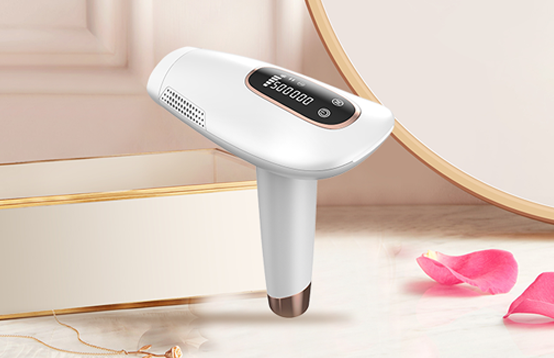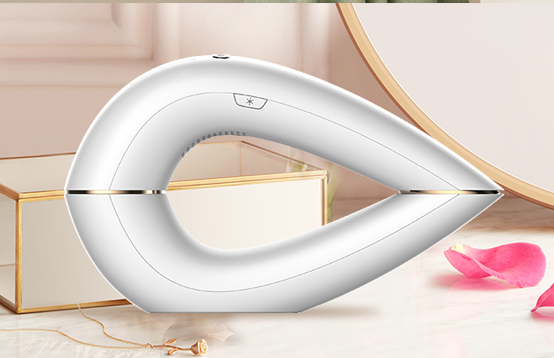More information about IPL hair removal
The use of light and laser for hair removal has evolved during the past few years. Laser systems such as the ruby laser (694 nm), alexandrite laser (755 nm), diode laser (810 nm) and neodymium yttrium aluminum garnet (Nd:YAG) laser (1,064 nm) are commonly used in hair removal. However, permanent hair removal has been difficult to achieve using lasers owing to the long growth/rest cycle of normal human hair follicles. There is still an increasing demand for safer and more efficient hair removal techniques.

The latest and most effective choice in the treatment of hair removal is non-coherent intense pulsed light (IPL), which is both efficient and safe for hair removal. A group of 210 patients with skin type III–V were treated for superfluous hair in different areas of the body (face, extremities, axillae, bikini line and back) for three to five sessions at 6-week intervals using IPL. There was a significant hair reduction of about 80% with no side effects and minimal complications. Follow-up was done 6 months after the last session. In conclusion, IPL is very effective and safe for hair removal.

A 2006 review article in the journal Lasers in Medical Science compared intense pulsed light (IPL)epilators and both alexandrite and diode lasers. The review found no statistical difference in short term effectiveness, but a higher incidence of side effects with diode laser based treatment. Hair reduction after 6 months was reported as 68.75% for alexandrite lasers, 71.71% for diode lasers, and 66.96% for IPL. Side effects were reported as 9.5% for alexandrite lasers, 28.9% for diode lasers, and 15.3% for IPL. All side effects were found to be temporary and even pigmentation changes returned to normal within 6 months.

IPL, though technically not containing a laser, is sometimes incorrectly referred to as "laser hair removal". IPL-based methods, use xenon flashes lamps that emit full spectrum light, IPL systems typically output wavelengths between 400 nm and 1200 nm. Filters are applied to block shorter wavelengths, thereby only using the longer, "redder" wavelengths. IPLs offer certain advantages over laser, principally in the pulse duration. While lasers may output trains of short pulses to simulate a longer pulse, IPL systems can generate pulse widths up to 250 ms, which is useful for larger diameter targets. Some current IPL systems have proven to be more successful in the removal of hair and blood vessels than many lasers.

 EN
EN  ES
ES PT
PT SV
SV DE
DE TR
TR FR
FR


